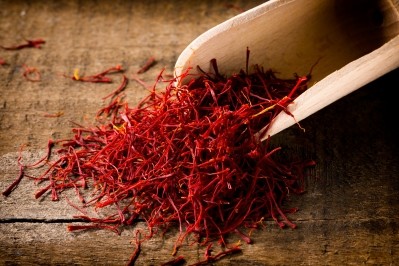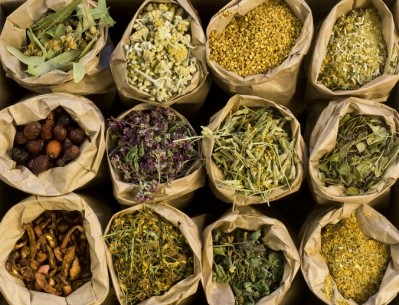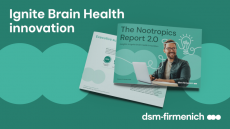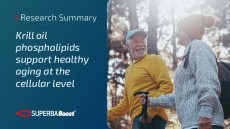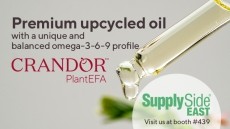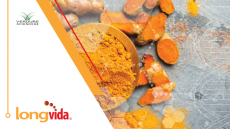BAPP lab document for St. John's wort brings clarity to analysis of complex botanical
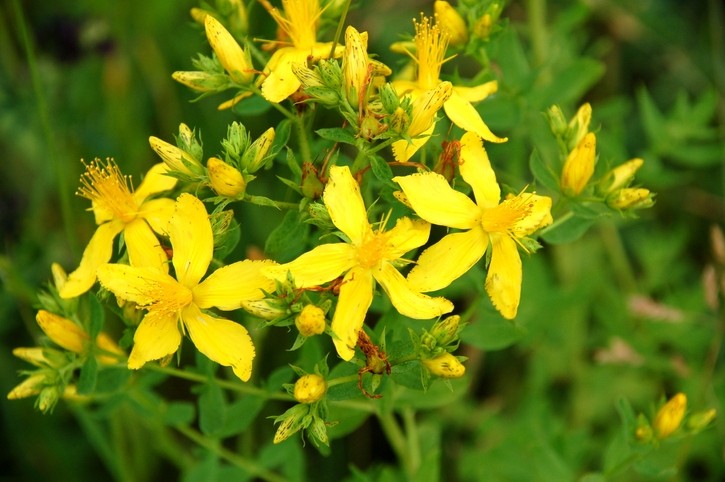
The new Lab Guidance Document from the Botanical Adulterants Prevention Program evaluates 67 different methods that have been used to analyze St. John’s wort (Hypericum perforatum) raw material and products. The document provides guidance for industry, academic, and regulatory analytical laboratories to be able to accurately and adequately test for identity and authenticity and detect potential adulteration of St John’s wort raw materials and extracts.
Stefan Gafner, PhD, chief science officer of the American Botanical Council and technical director of BAPP, said that with all of the attention focused on immunity ingredients during the pandemic, other ingredients have flown a bit under the radar. But with the major indication of St. John’s wort being to help users deal with symptoms of mild depression he said it stands to reason that more consumers would be interested in the herb during this unusually stressful time. And with more demand always comes more opportunity for cheaters.
“I don’t have that data, but I wouldn’t be surprised if adulteration of St. John’s wort would be on the rise,” Gafner told NutraIngredients-USA.
Human clinical trials on standardized extracts of St. John’s wort, and meta-analyses of these trials, support the safety and efficacy of the preparations for mood support.
Rising demand
There is at least some data to show that interest in the botanical is rising. In 2020, St. John’s wort dietary supplements were the 21st top-selling supplement in mainstream US retail stores, with annual mainstream sales totaling roughly $23.9 million, according to ABC’s annual Herb Market Report.
That’s up strongly from several years ago when sales were declining. In 2016 the herb saw sales of about $6 million in the mainstream channel, and that declined to $5.8 million a year later.
The BAPP guidance document, authored by Turkish expert Nilüfer Orhan, PhD, evaluates 67 different analytical methods that have been published for St. John’s wort. Gafner said that is an artifact of the ingredient’s enduring popularity.
“One part of that is that it is a popular ingrediENt, particularly in Europe and a lot of methods have been published for that reason,” he said.
Complex botanical gives rise to dozens of analytical methods
Gafner said another issue is that St. John’s wort is a more complex botanical that many.
“It’s a fairly complex ingredient that has a number of different classes of constituents. Among them are flavonoids and hypericins. That leads to a good number of methods as well,” he said.
The LGD also summarizes the main advantages and disadvantages of each analytical method regarding its suitability for use in quality control laboratories. Additionally, the document provides short summaries and a table with the chemical compositions St. John’s wort and 10 potentially confounding Hypericum species. The LGD was peer-reviewed by 21 international experts from academia and the herbal dietary supplement industry.
The principal economic adulterant of St. John’s wort is the undeclared addition of synthetic food dyes (e.g., the often-banned Red Dye No. 2, also known as “amaranth dye”) to the herb extract as a means to increase the appearance of the concentration value of total hypericins (the red pigments that are present in St. John’s wort) when measured by spectrophotometric laboratory analytical methods.
Gafner said that kind of adulteration, if it is specifically looked for, is reasonably easy to detect.
“If you put the powder into a solution even of schnapps you would immediately notice that something is wrong. But using some of the HPTLC methods, you might not pick this up,” he said.
Distinguishing between the different Hypericum species, however, is a different ball of wax, Gafner said.
“The distinction of Hypericum species based on chemical markers is really difficult. Therefore, knowing the value chain (i.e., where, how, and by whom the St. John’s wort herb is cultivated, collected/harvested, and dried) is crucial to produce a dietary supplement with a reproducible composition,” he noted.
Research aimed at improving industry
“The addition of a banned red food dye to materials that are sold as ‘St. John’s Wort Extract’ in order to try to fool some of the analytical methods used in testing laboratories is an egregious practice, and is evidence of actual intent by the producer of the fraudulent material to try to make a profit by victimizing its customer(s). This is why it is so important for BAPP to continue its vital research and educational mission to help ethical, responsible manufacturers of botanical dietary supplements protect themselves from such fraud, and, in the process, help ensure that consumers are able to purchase authentic botanical preparations that are safe and beneficial for their intended use,” said Mark Blumenthal, ABC founder and executive director.
BAPP, which was founded by and is managed by ABC, is a cooperative venture that includes the American Herbal Pharmacopoeia and the National Center for Natural Products Research at the University of Mississippi.
A free, full copy of the lab guidance document is available here.


